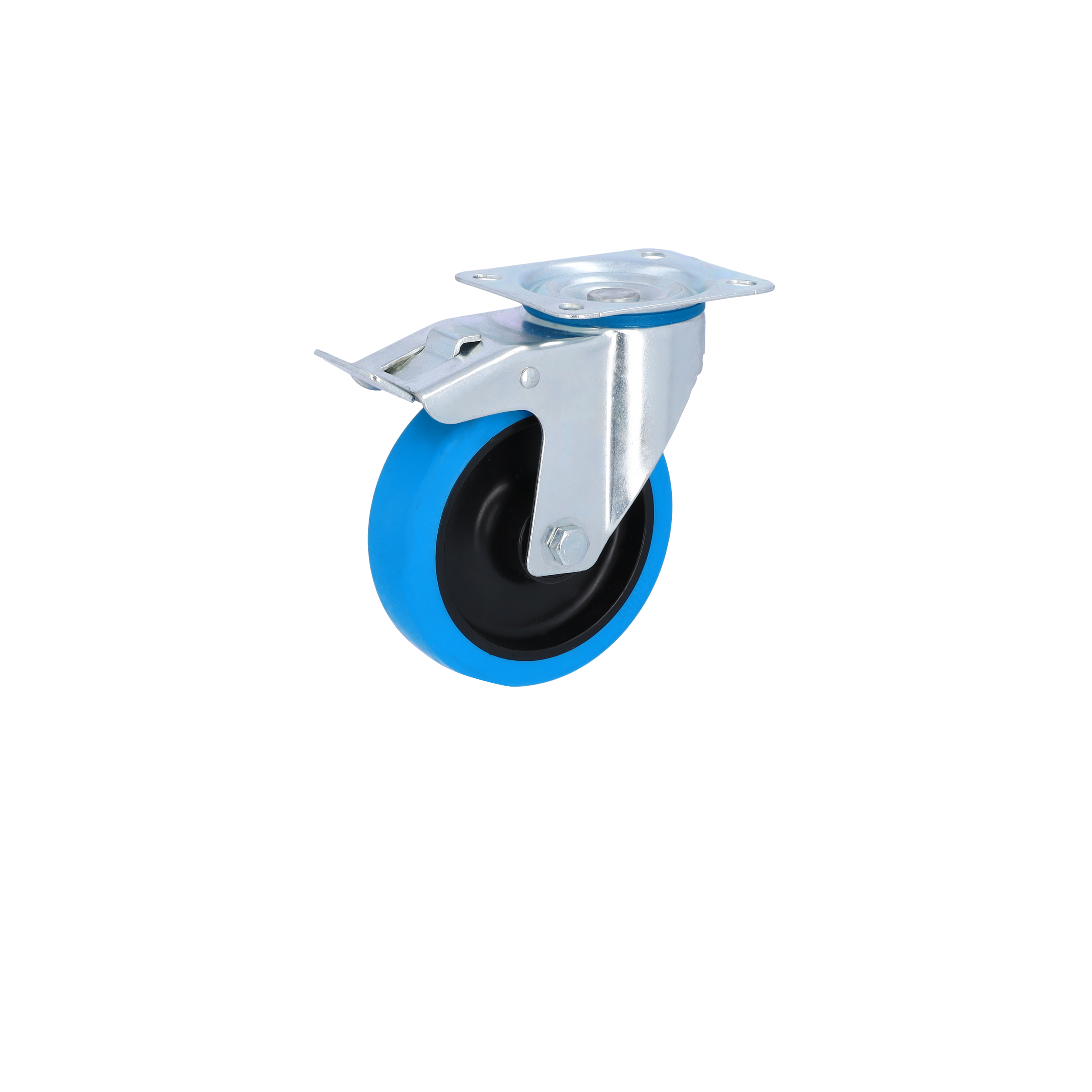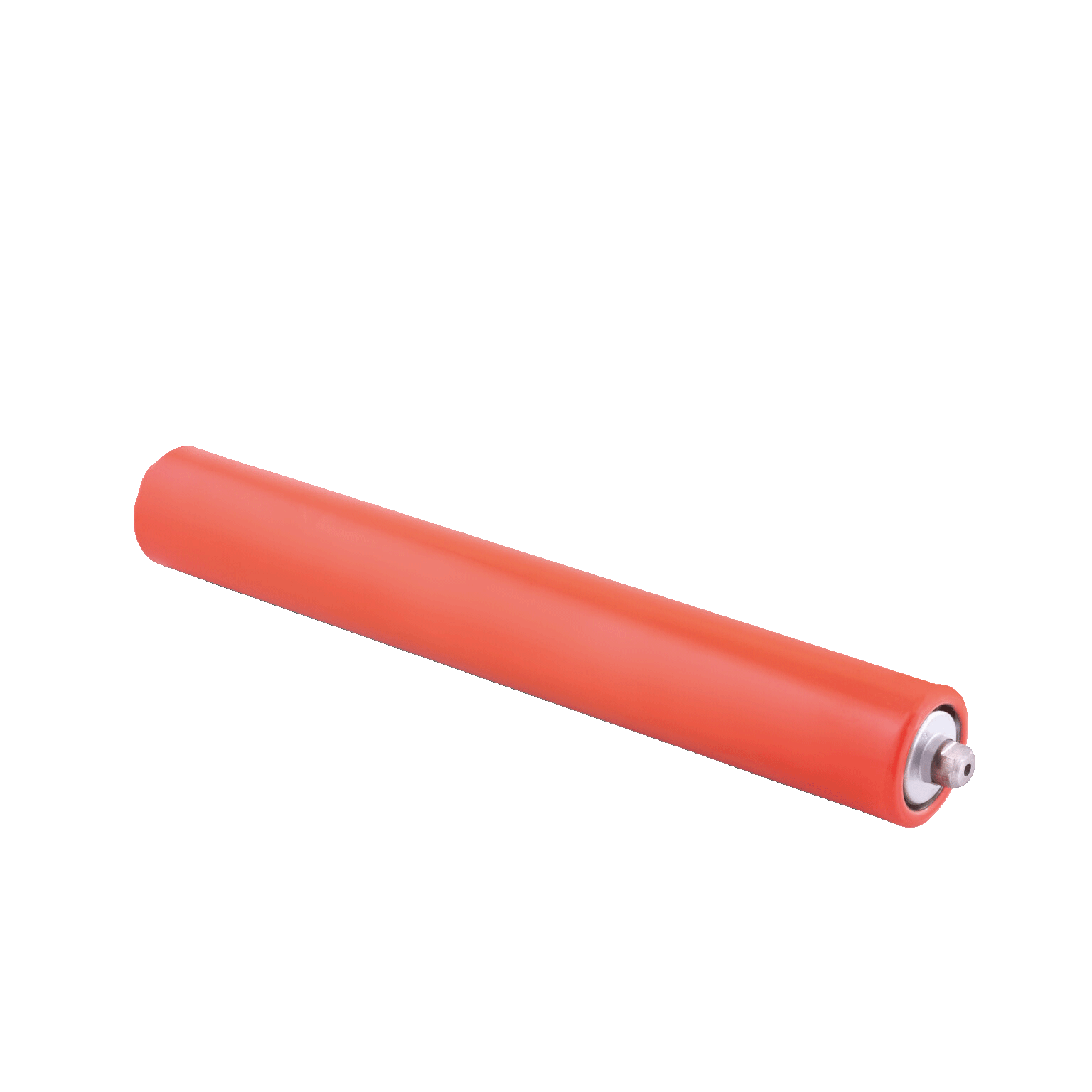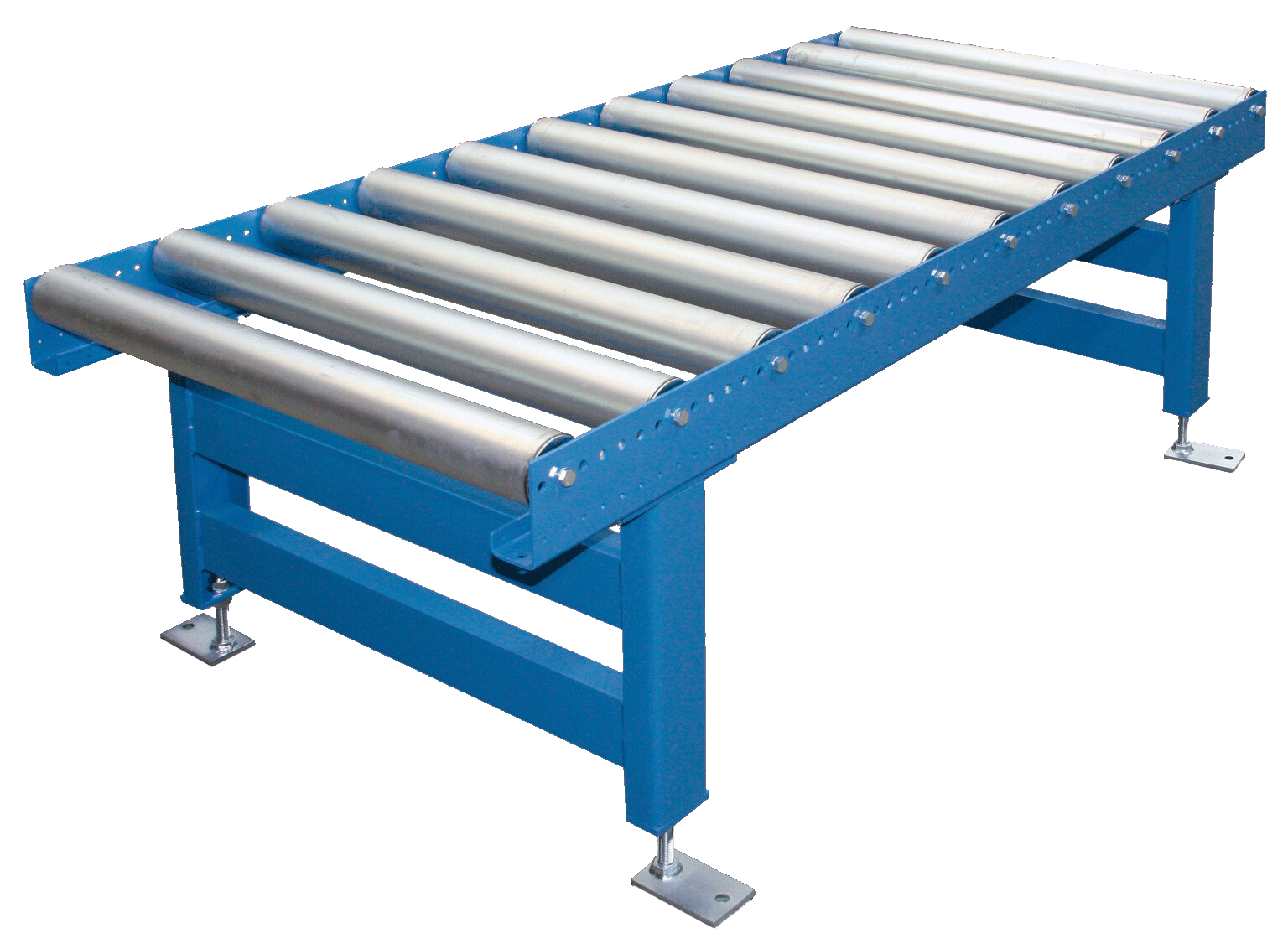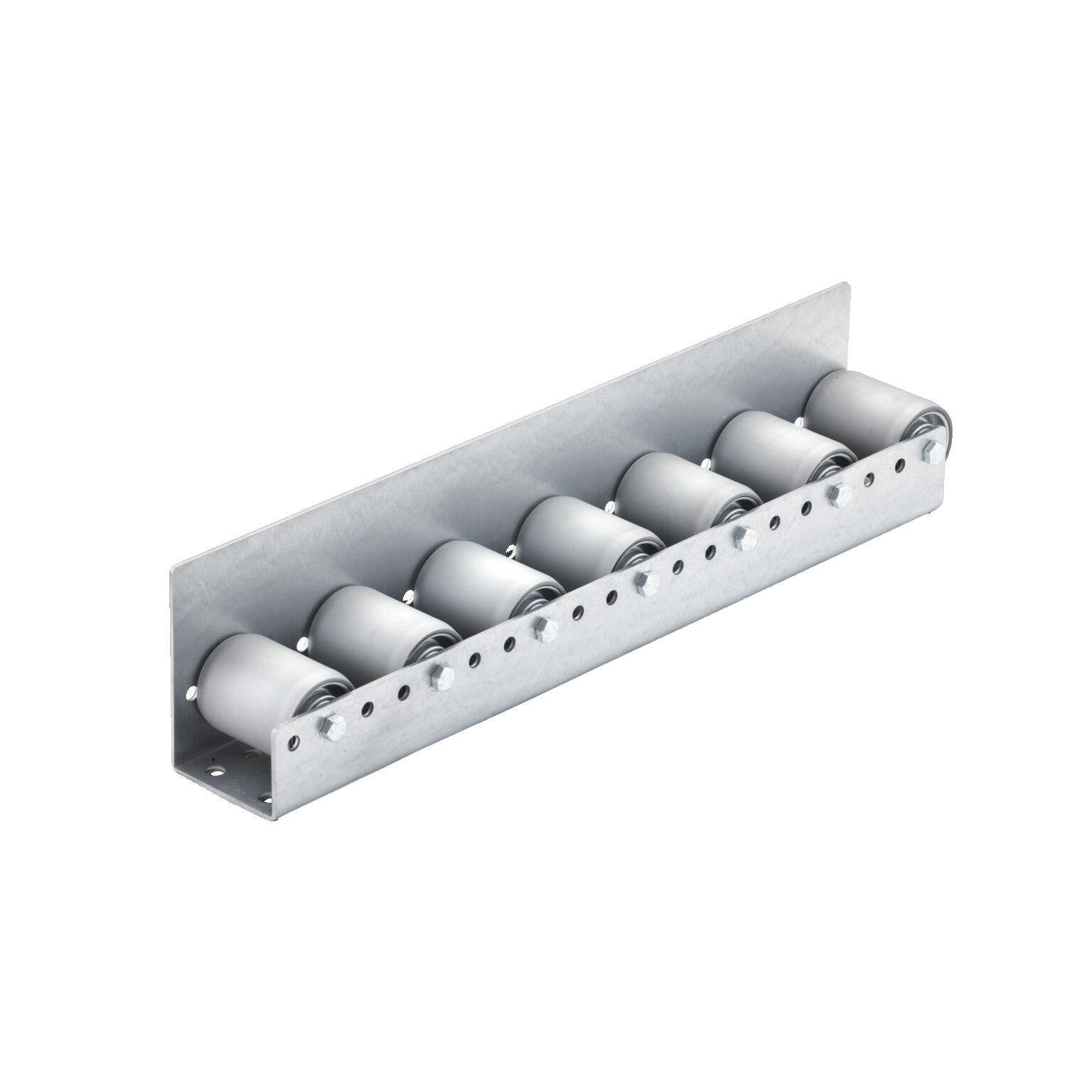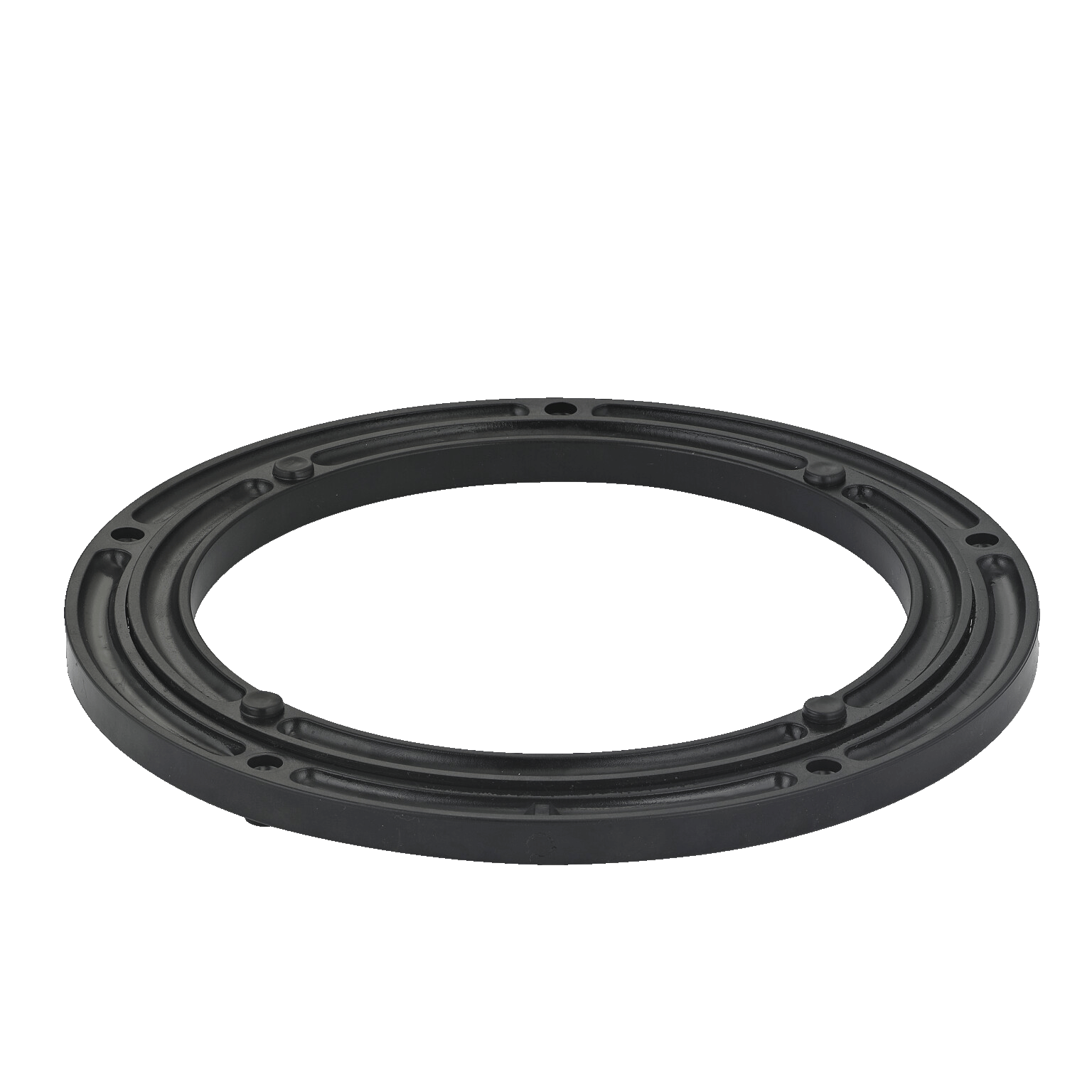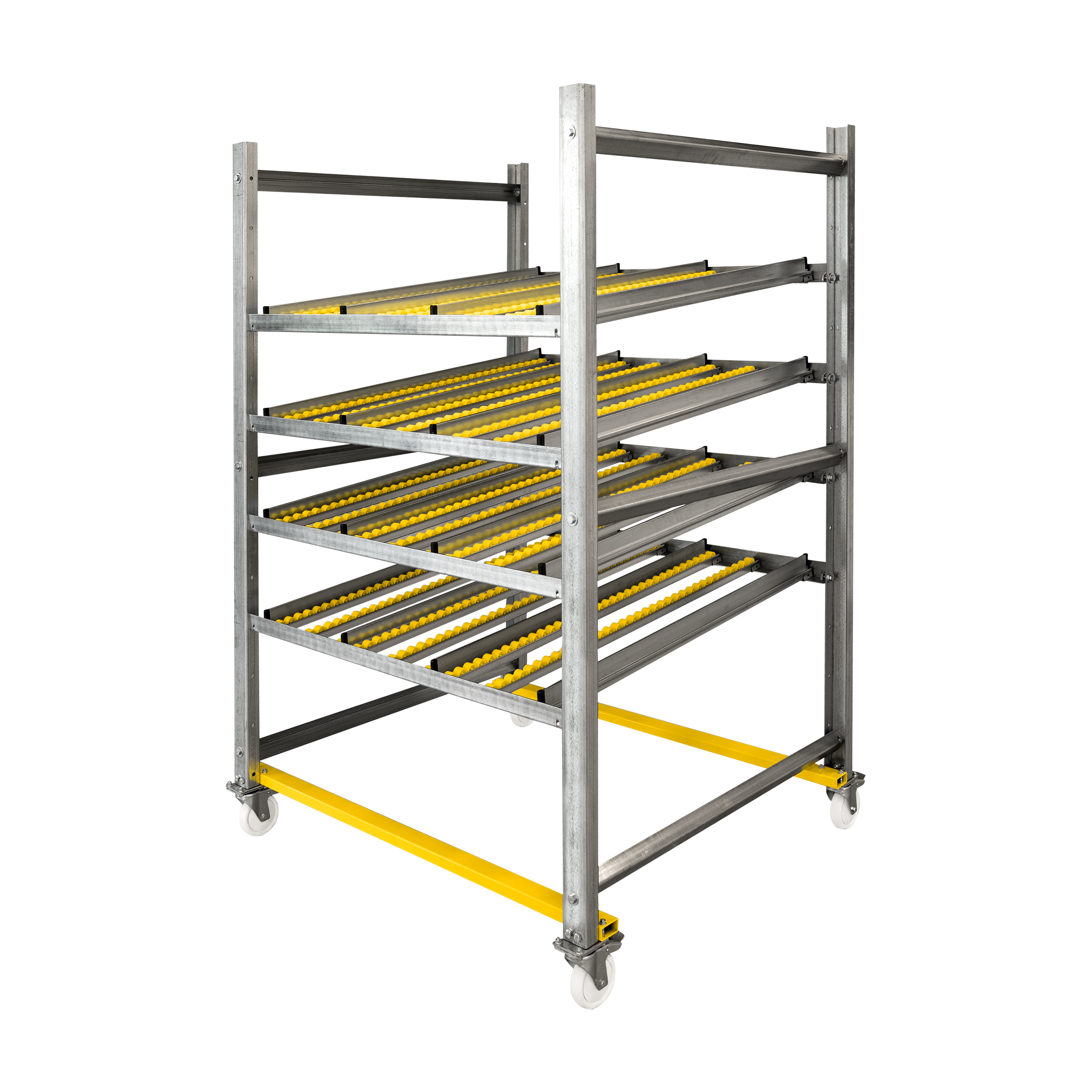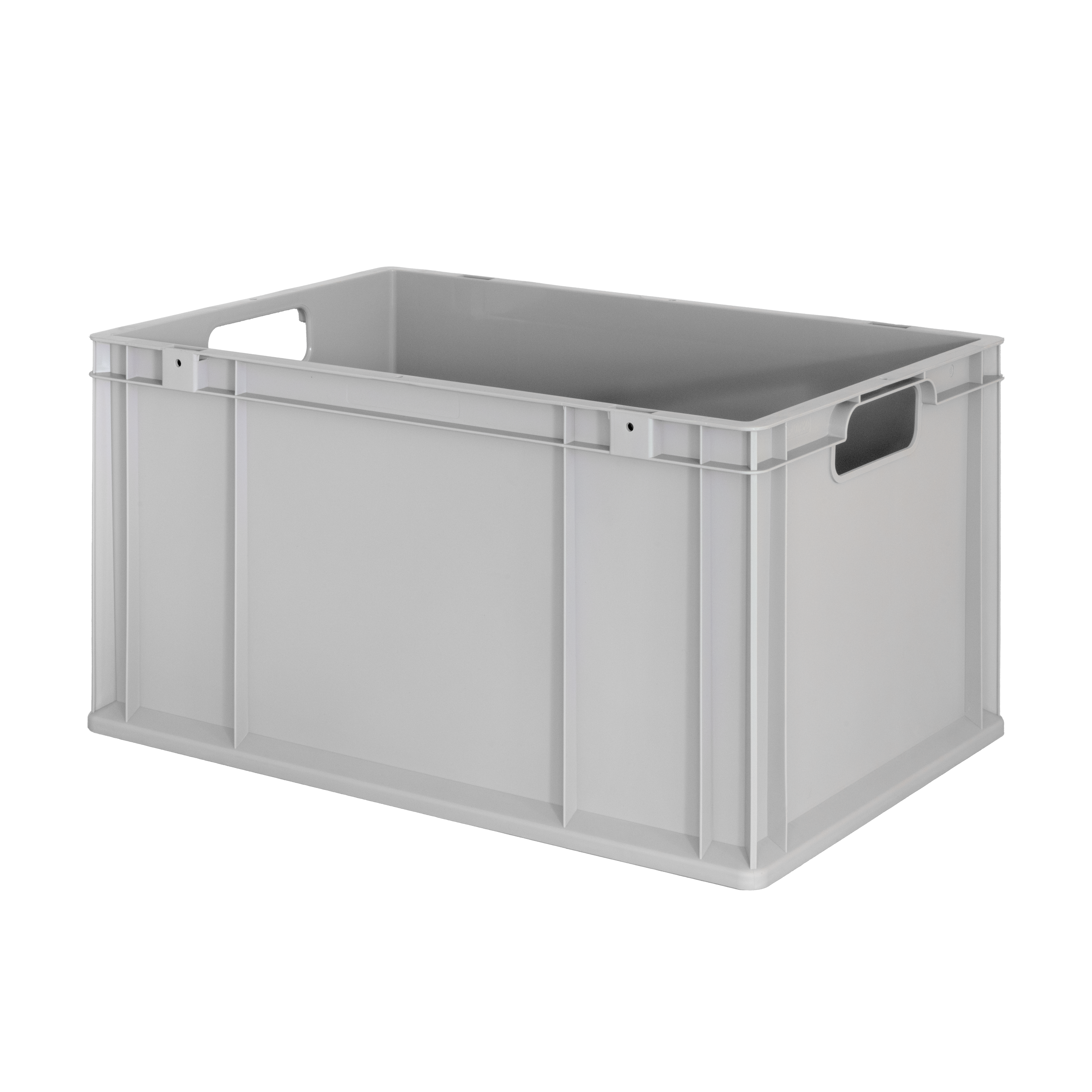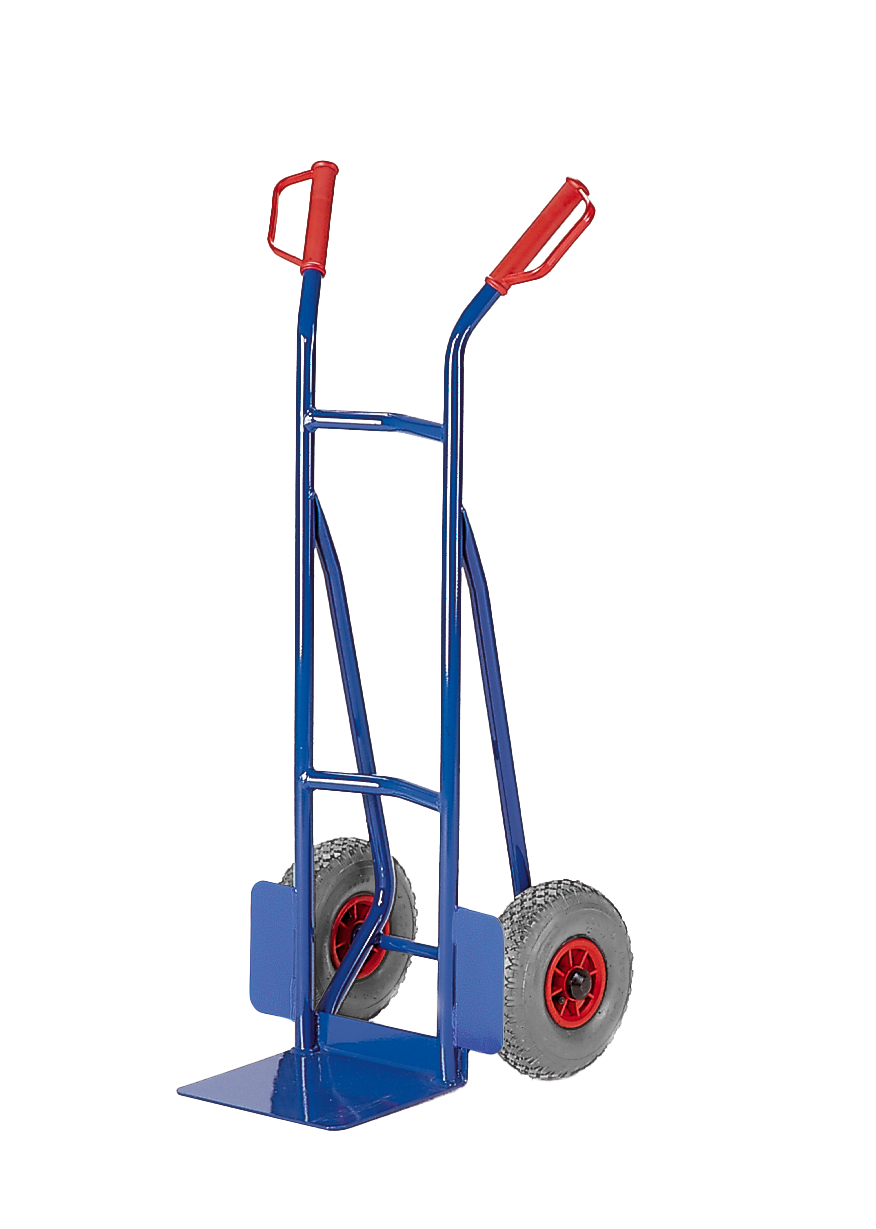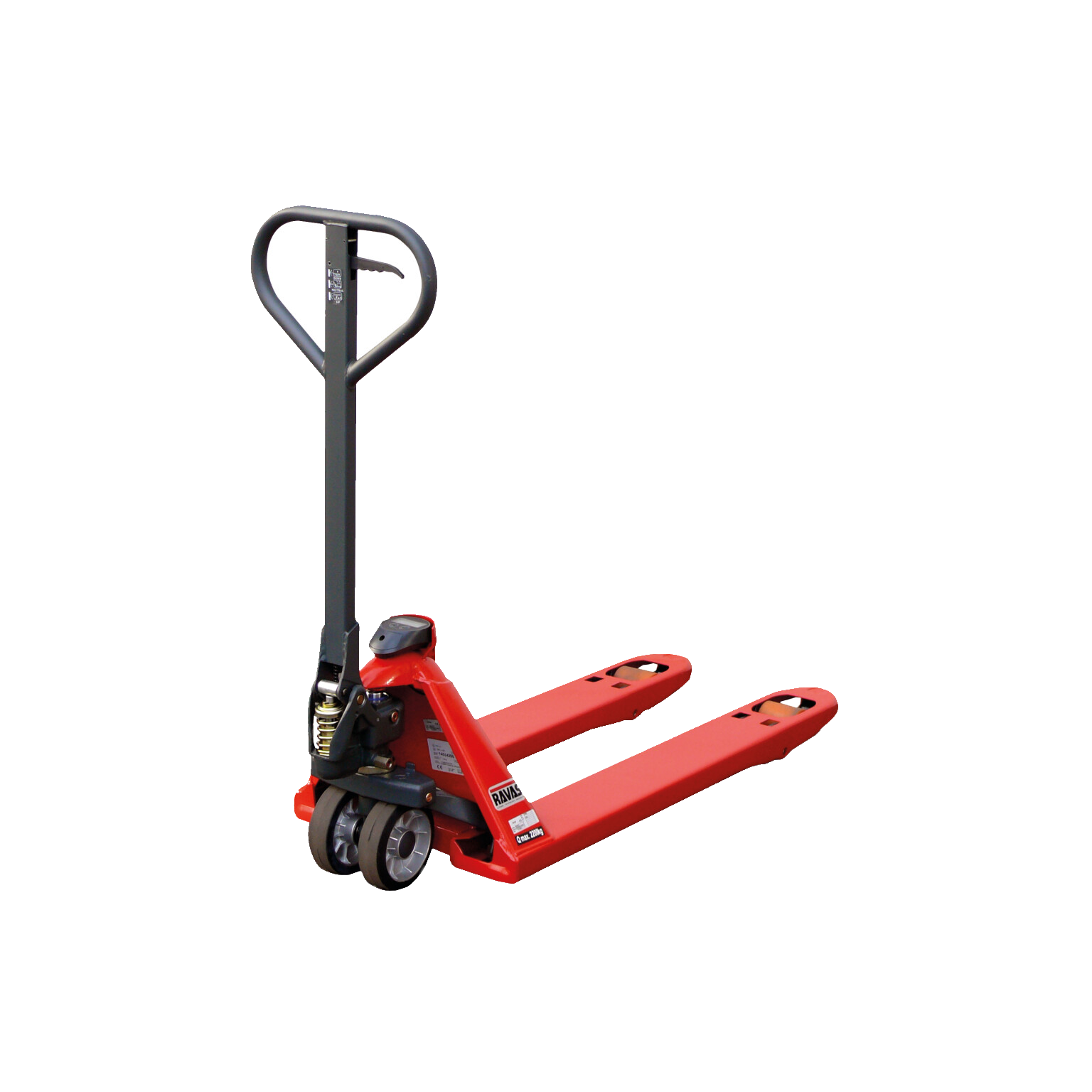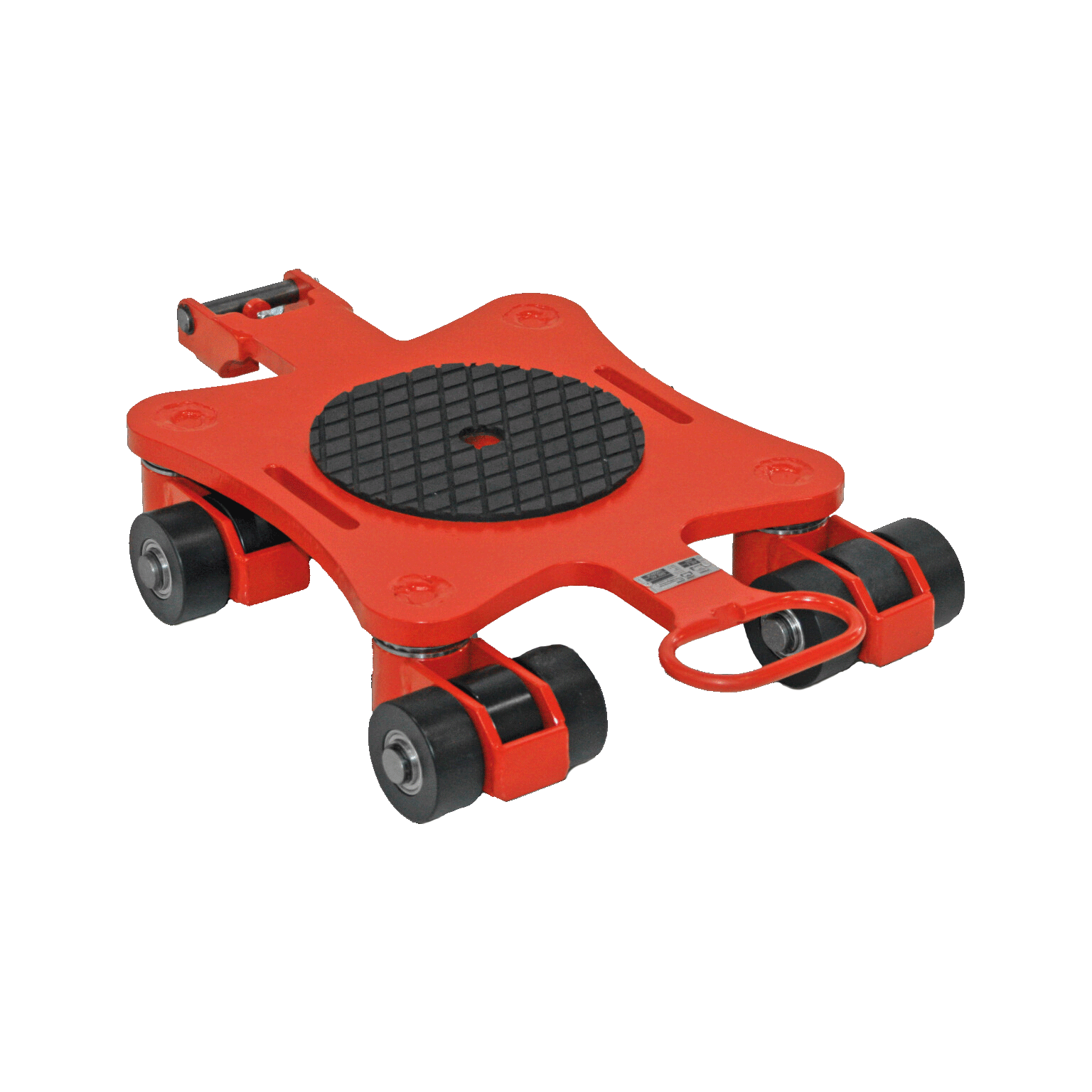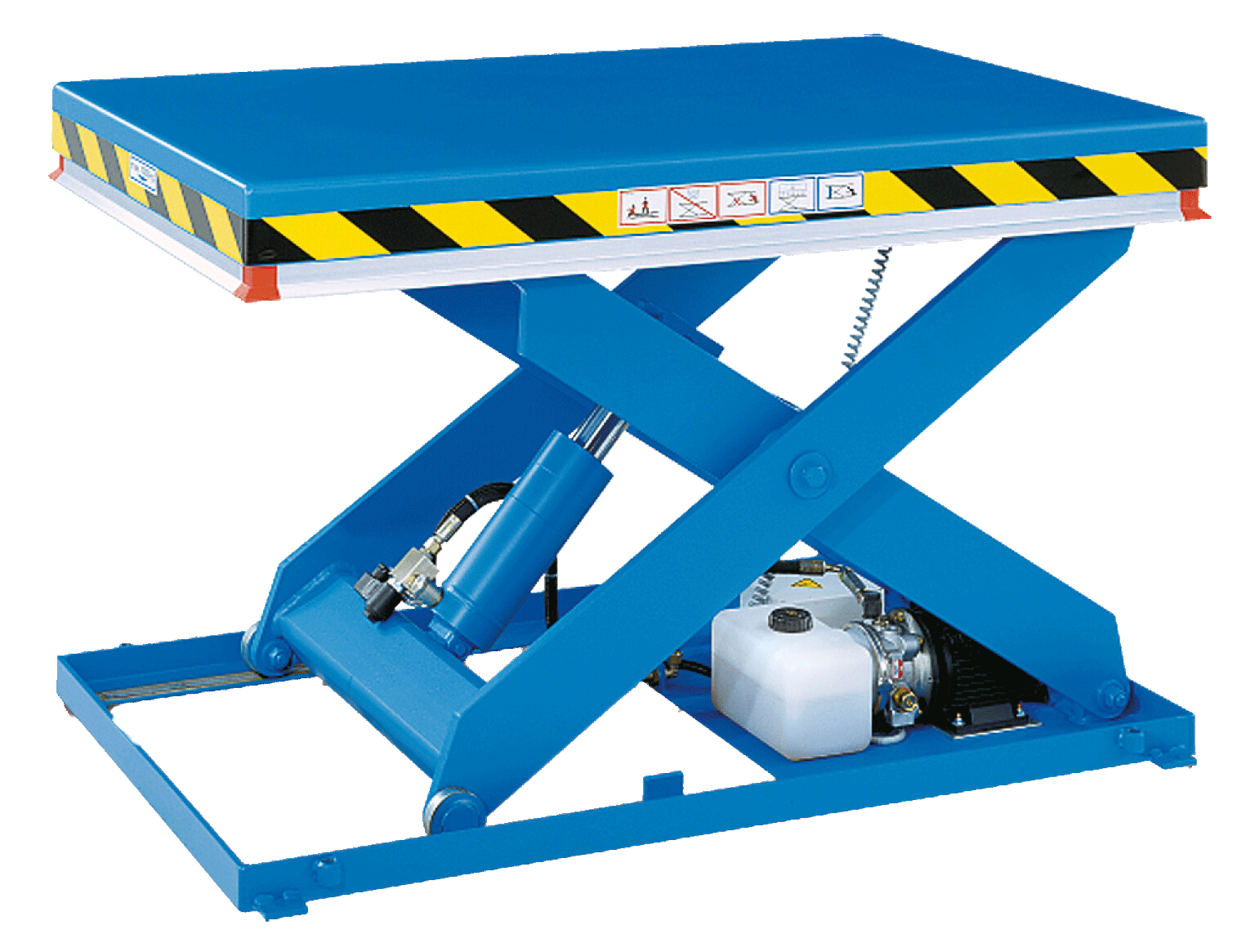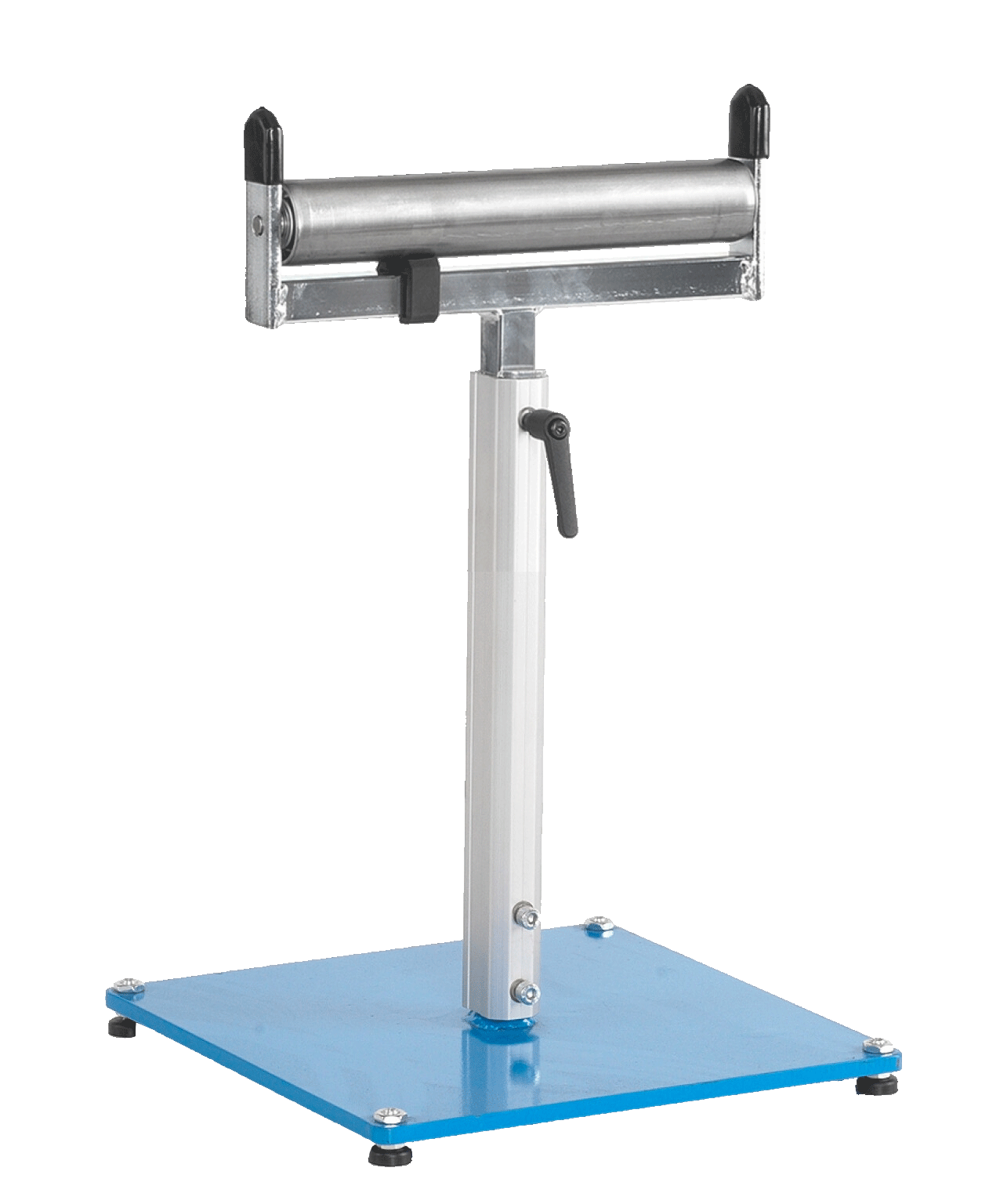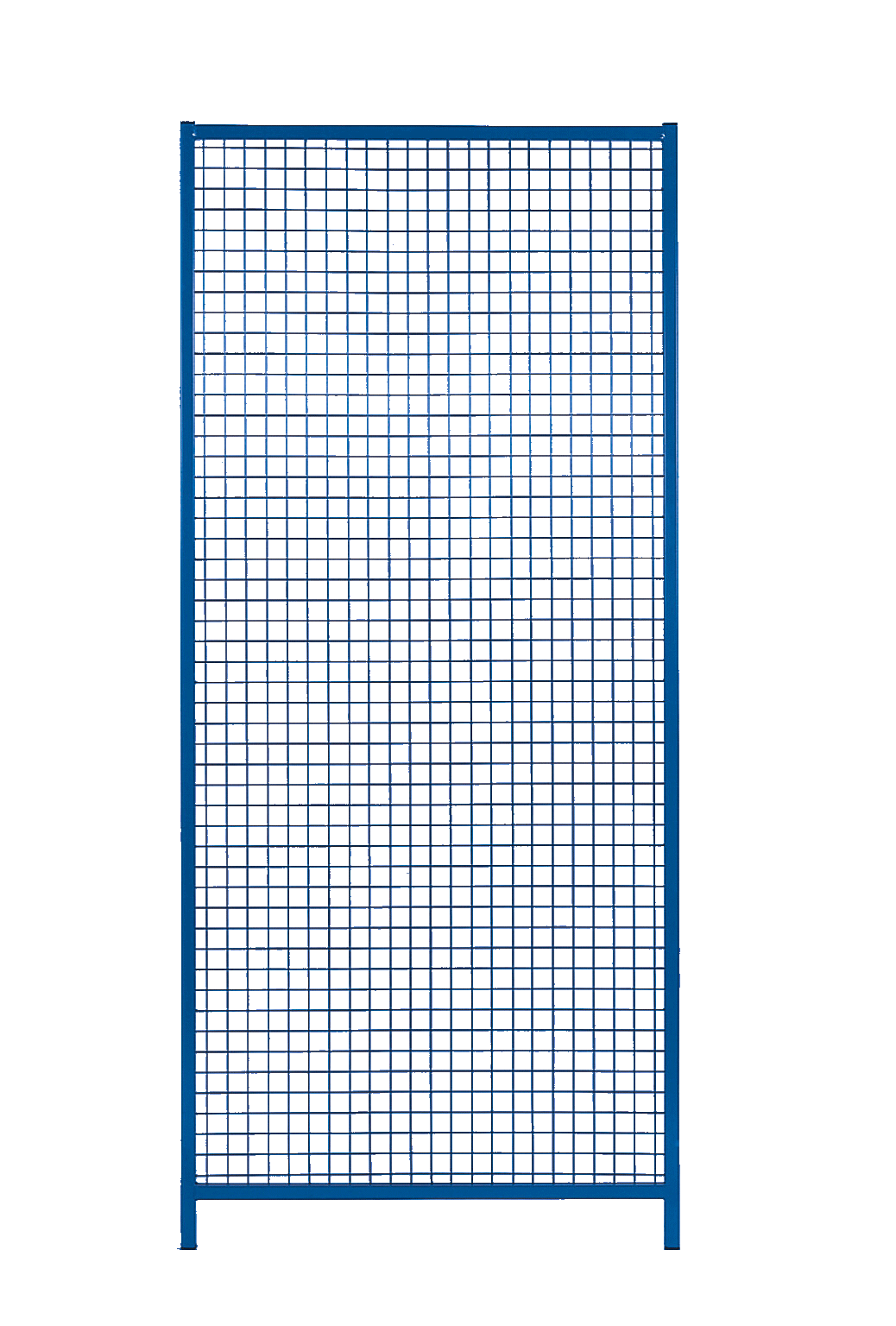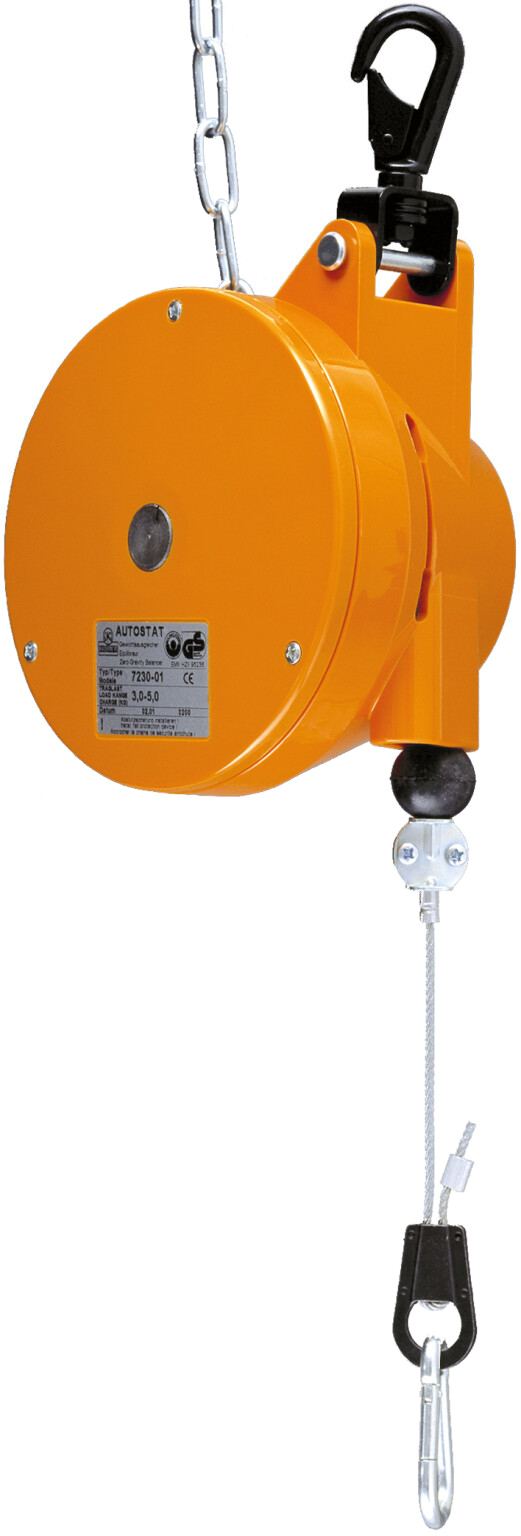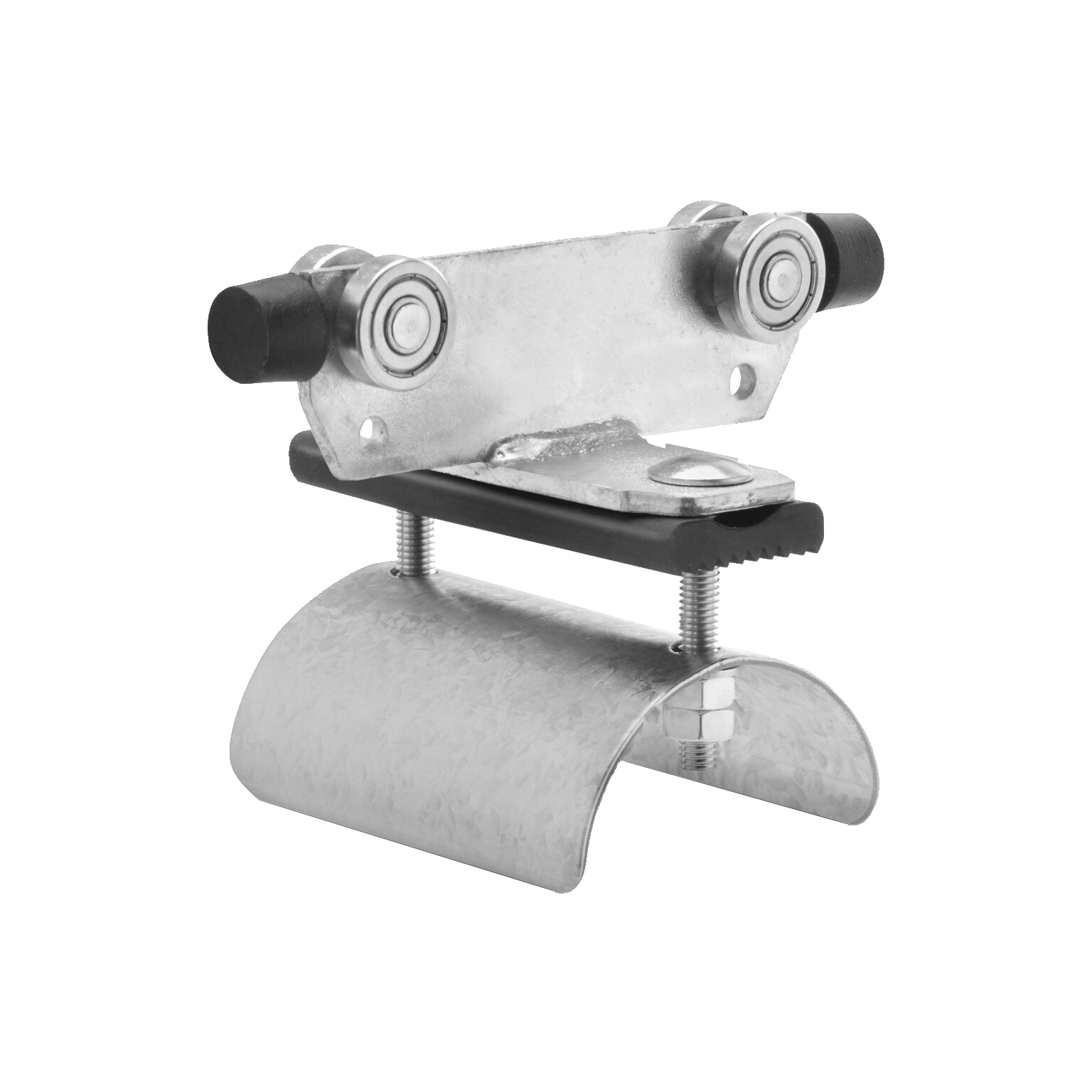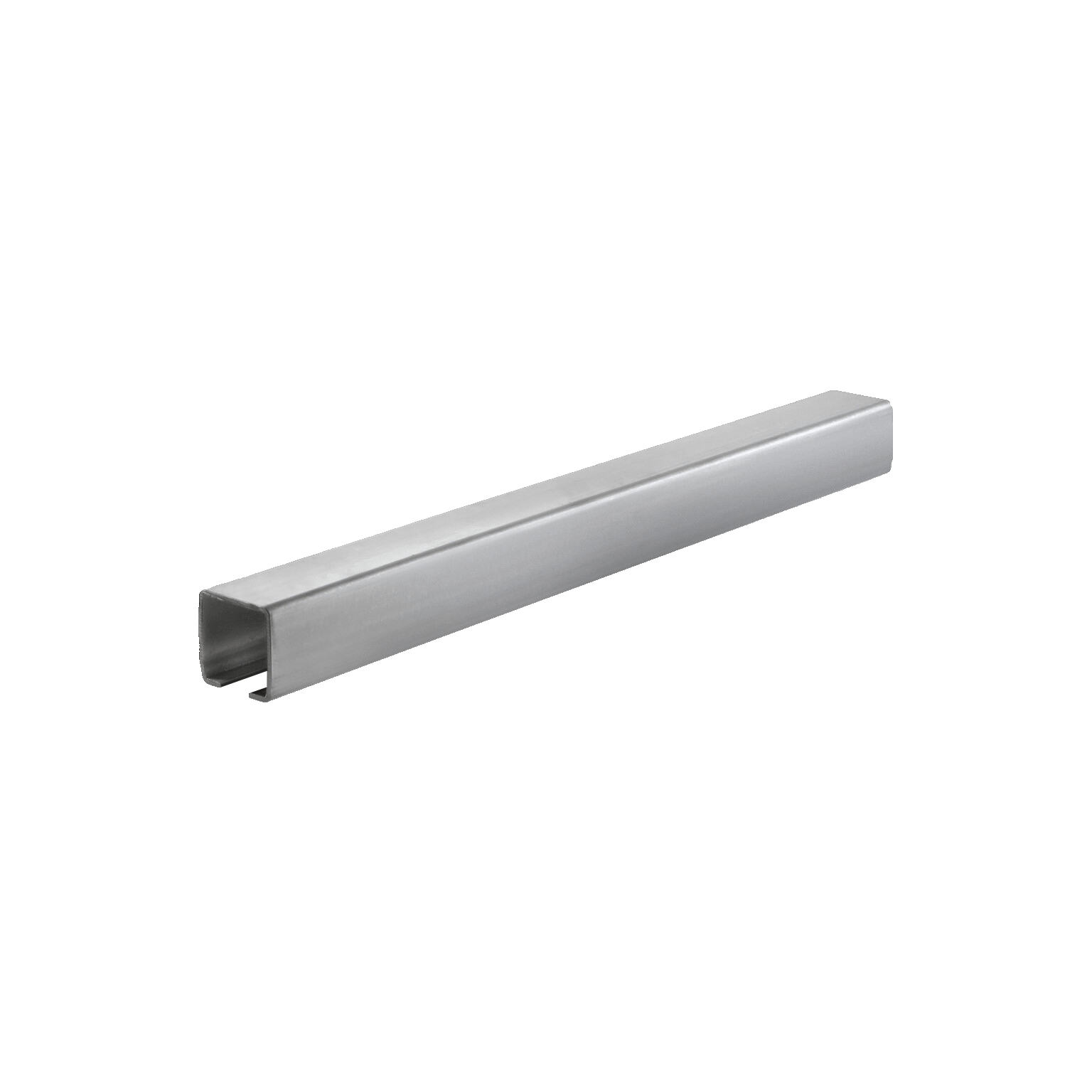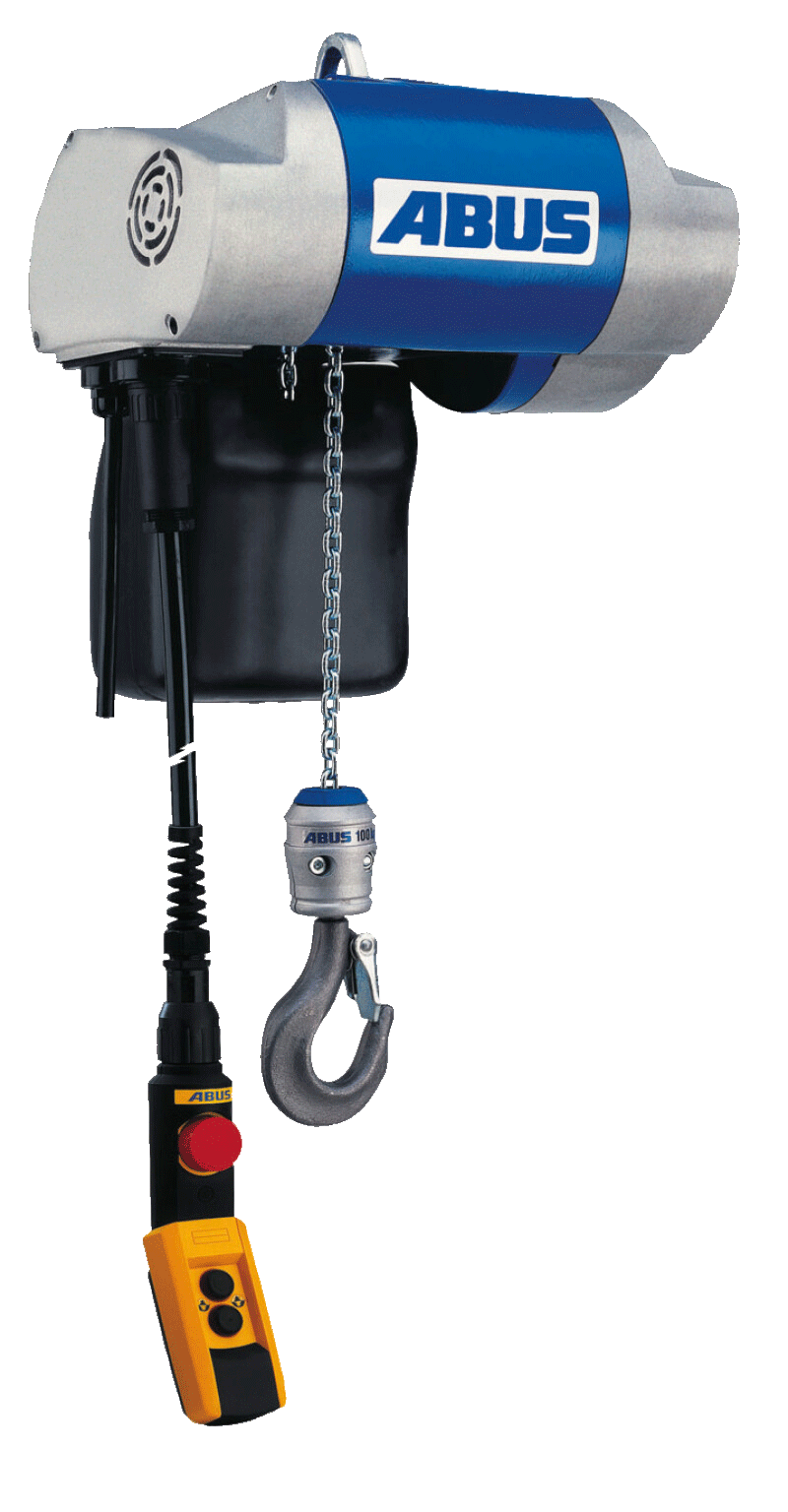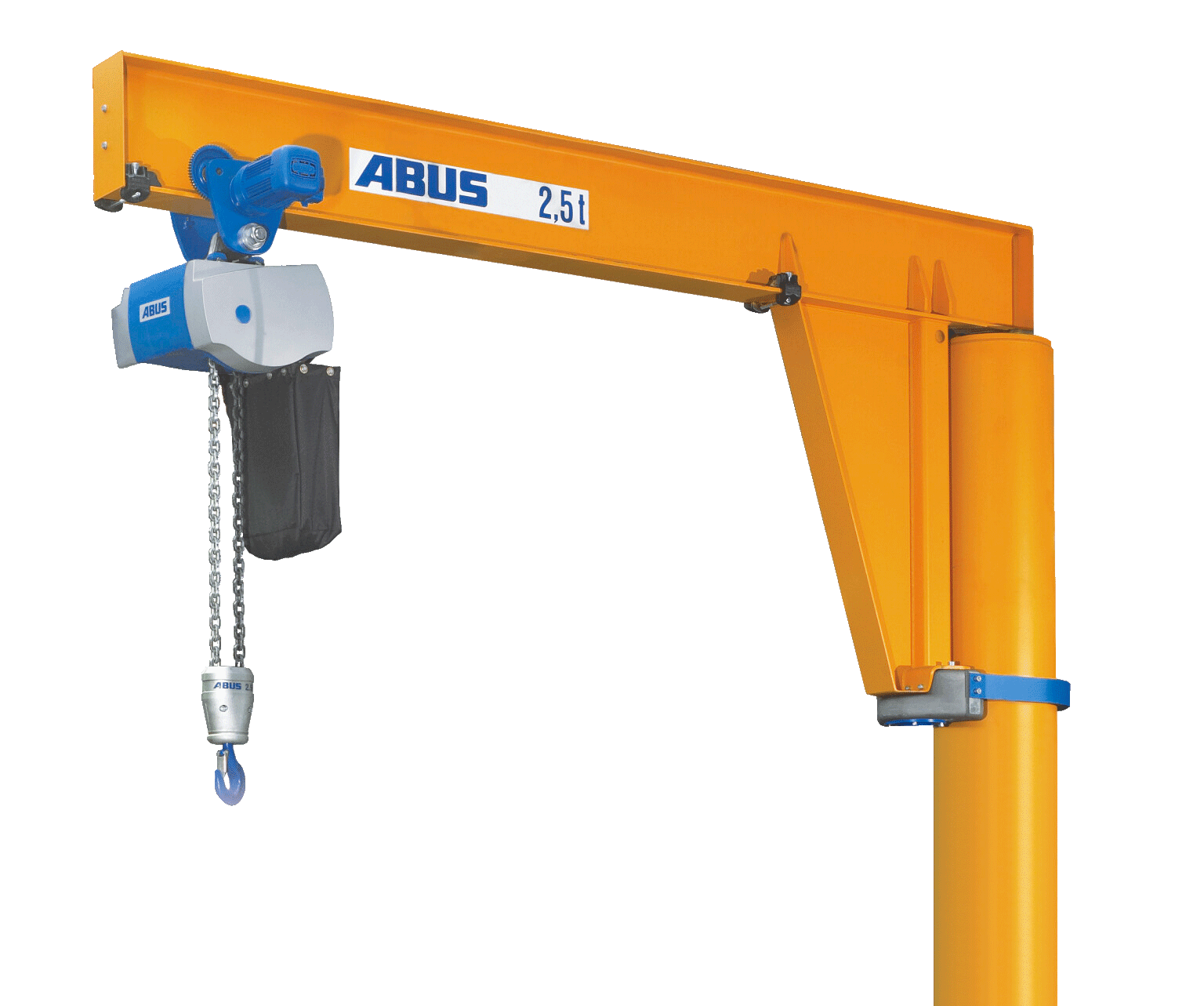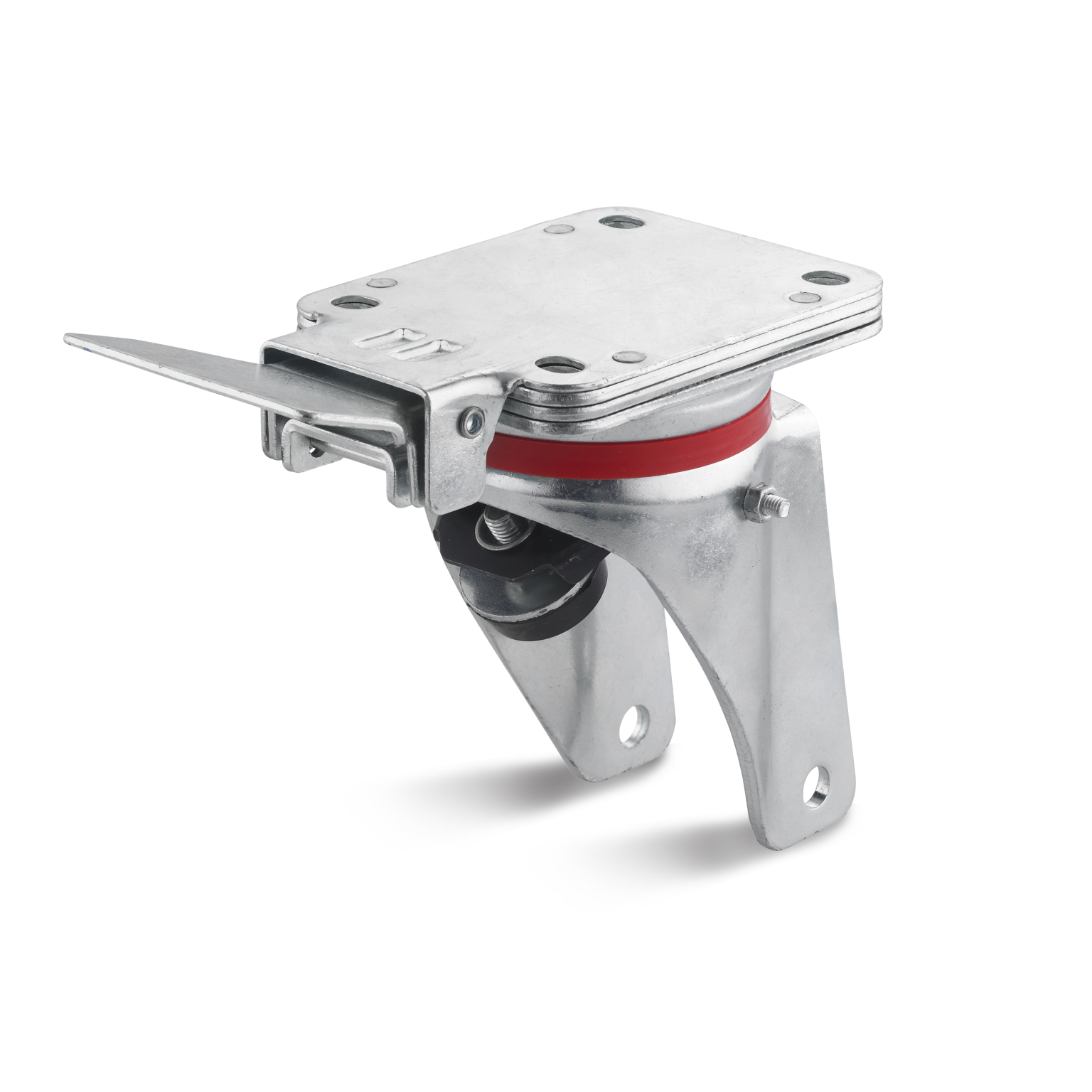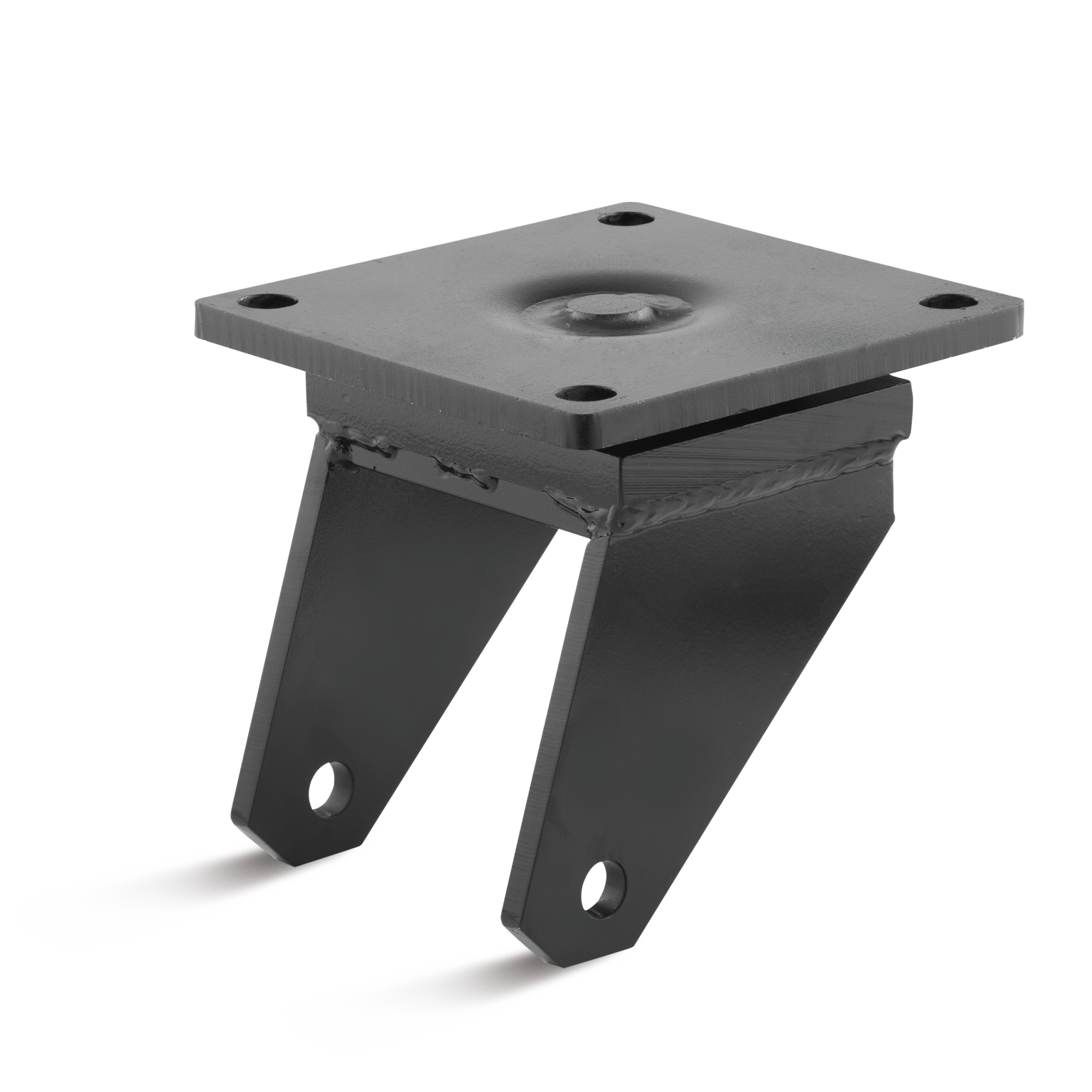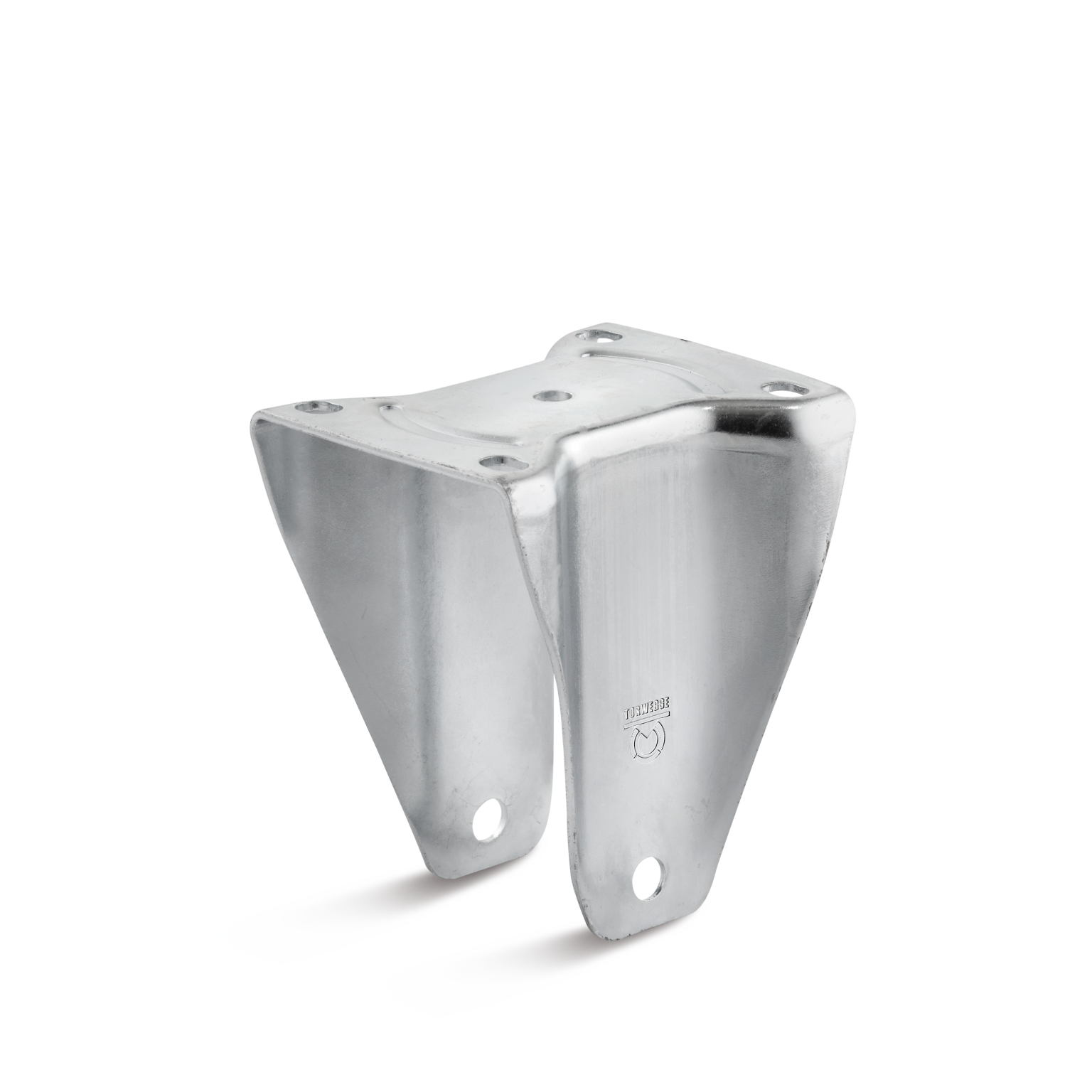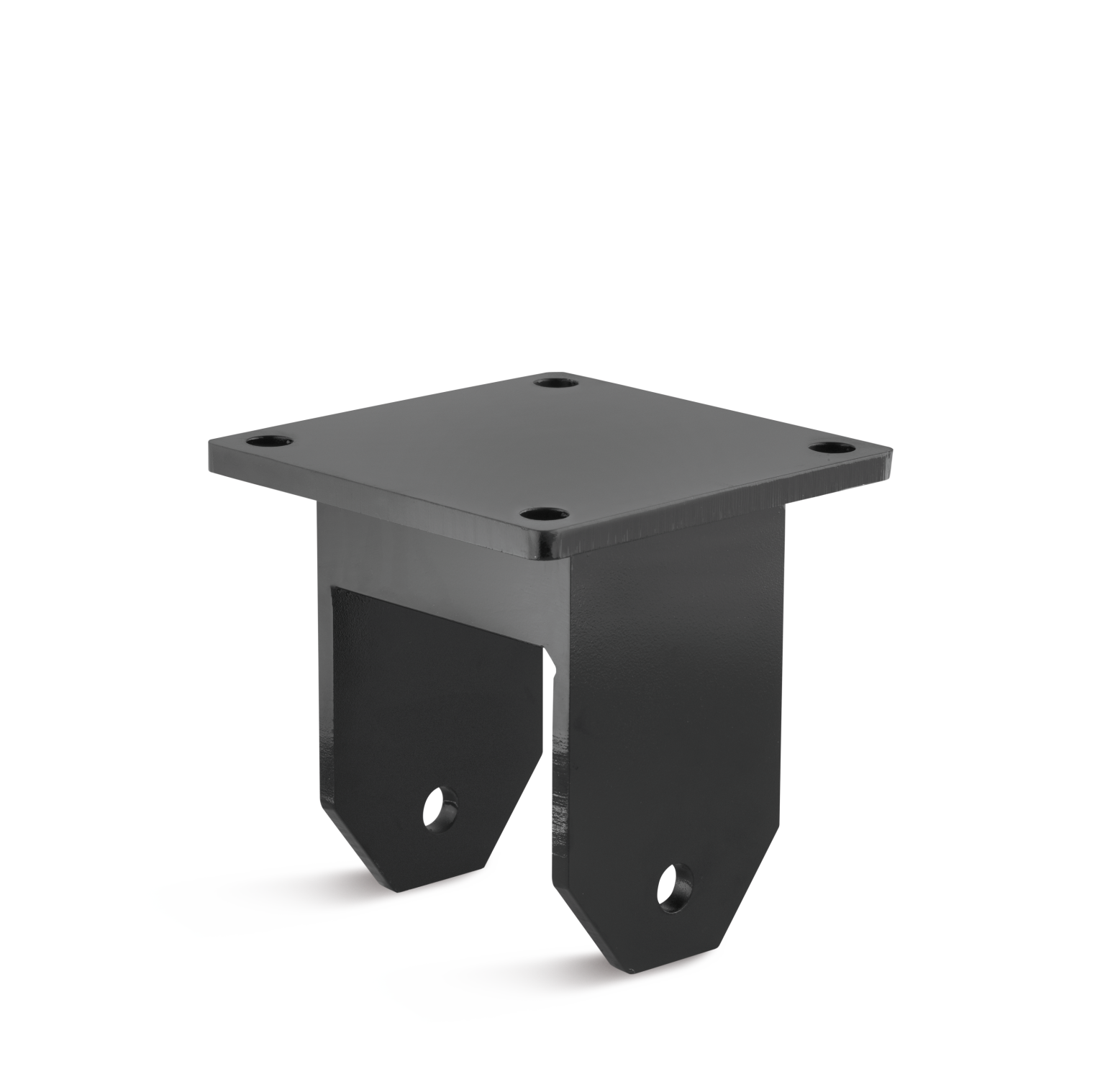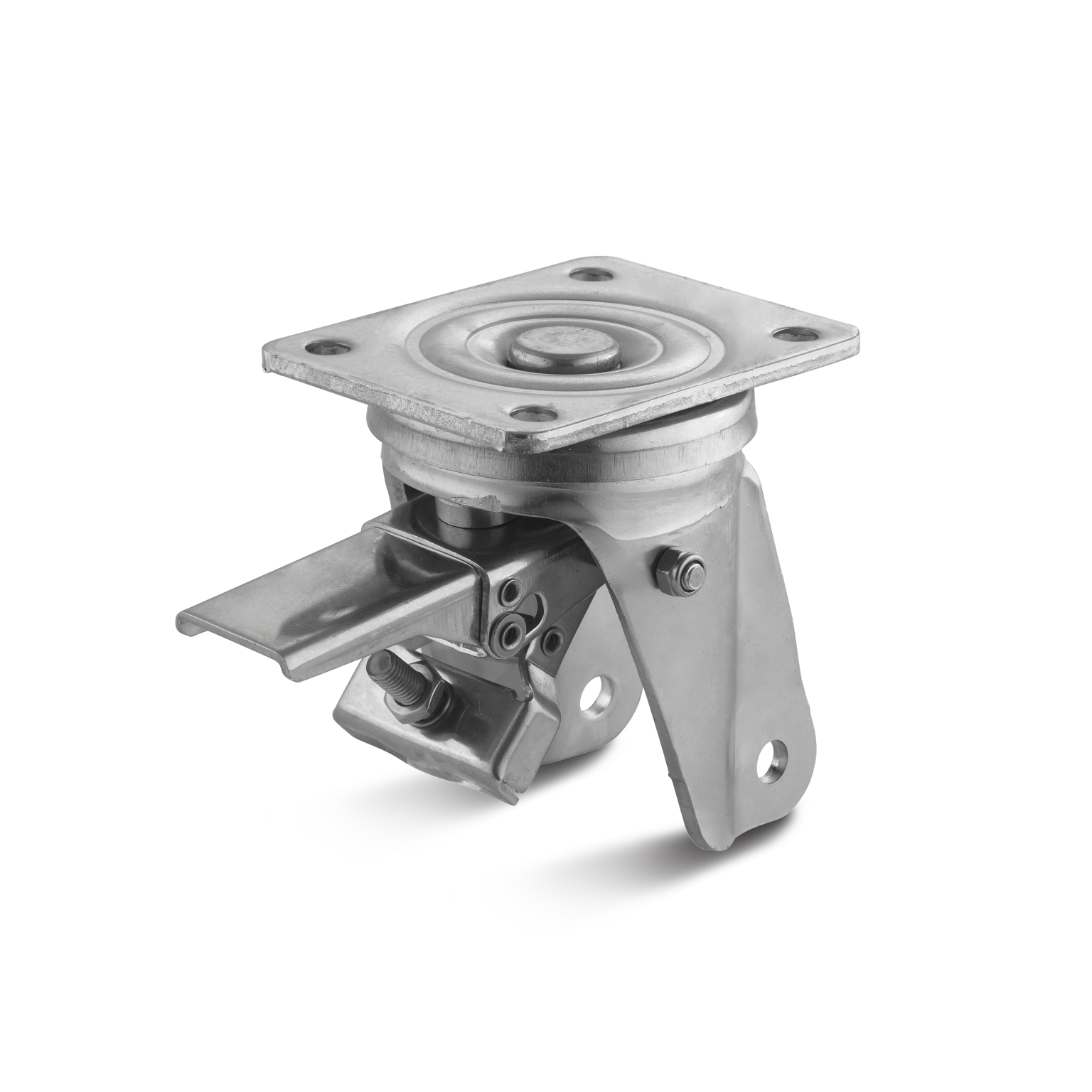Buy Castor Housings at TORWEGGE
When working with transport castors, several aspects are essential: the first priority, of course, is selecting the right castor. However, a complete transport system also requires additional components, including the castor housing and other elements that enhance the system's functionality. Choosing a specific housing involves selecting the appropriate features and should be carefully considered.
At TORWEGGE, you can choose from a variety of castor housing types and designs to meet your specific requirements. Explore our selection and find the perfect housing for your transport system!
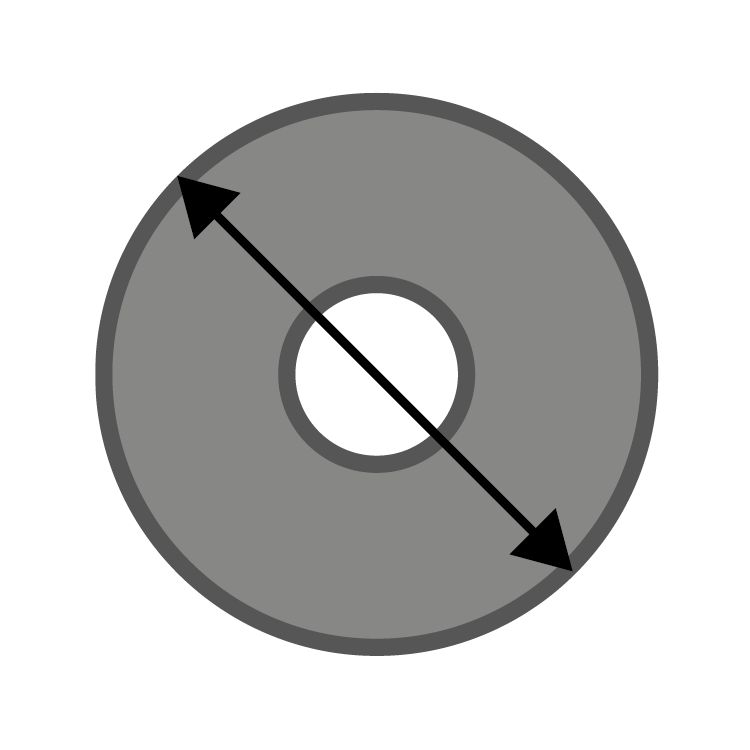
200 mm

300 kg
60 mm

80 mm

300 kg
42 mm

125 mm

800 kg
53 mm

300 mm

4000 kg
153,5 mm

250 mm

350 kg
77 mm

250 mm

2800 kg
135 mm

125 mm

700 kg
64 mm

150 mm

1300 kg
62 mm
Types of Castor Housings
The types of castor housings are almost as diverse as the types of castors themselves, both of which need to be tailored to specific requirements. A fundamental decision to make is whether to opt for a swivel castor in a swivel housing or a fixed castor in a fixed housing.
Swivel housings typically include two ball bearings that allow horizontal rotation, enabling the steering necessary for maneuverability. In contrast, fixed housings feature a simple, rectangular U-shape design and are intended for straightforward, linear movement.
The Different Applications of Swivel and Fixed Housings
Wherever maneuverability is required, swivel housings are the ideal choice. Their ability to rotate around the vertical axis allows precise navigation and safe turns, even in tight spaces. In the medical field, swivel housings are commonly found under hospital beds, equipment, and care trolleys to ensure the necessary mobility of clinical equipment in confined areas. Similarly, mobile work platforms in construction and transport vehicles in logistics often use castors with swivel housings, enabling easy and efficient repositioning.
Fixed housings, on the other hand, are rigid but extremely stable. Their advantage lies in their high directional stability, preventing vehicles mounted on fixed castors from being easily moved sideways. This is particularly beneficial for mobile machinery, workbenches, or similar equipment that needs to remain reliably in place despite its mobility. Fixed housings provide mobility while ensuring stability by keeping the rolling direction consistent.
What to Consider When Choosing Castor Housings
When selecting a castor housing, it’s important to consider the load capacity it is designed to handle. This can vary significantly depending on the construction and material of the housing. For example, welded castor housings are particularly durable and suitable for heavy-duty castors, making them ideal for applications that require high load-bearing capacity.
By choosing the appropriate housing, you ensure the reliability and functionality of your transport systems while meeting the specific demands of your application.
The Right Material for the Housing
The choice of material for the castor housing depends significantly on its surface coating. Stainless steel housings, for example, offer effective corrosion protection due to their chromium content, making them ideal for environments with high humidity or chemically aggressive conditions. Additionally, stainless steel is highly robust, which means housings made from this material typically have a higher load capacity. However, the downside is the higher production cost.
To make standard, more affordable steel corrosion-resistant, galvanization is a helpful option. When exposed to water, a layer of zinc oxide forms, which corrodes instead of the underlying steel, providing protection. Galvanized steel is often sufficient for damp environments. However, if the castor housing will come into contact with particularly aggressive substances, such as saltwater or acids, a stainless steel housing is the better choice.
Features of Castor Housings
A key feature of swivel housings is the braking mechanism, often integrated as a stop wheel in many swivel castors. The importance of the braking functionality should be carefully considered based on individual needs, with workplace safety always being a top priority.
Many castor housings are available with mounting plates, while others come with a bolt hole. These are two distinct attachment types, with mounting plates offering greater effort during installation but also providing higher load capacity.
In contrast, fixed housings are significantly simpler in design compared to swivel housings. This simplicity contributes to the generally higher load-bearing capacity of fixed castors, making them ideal for applications requiring stability and strength.
Buy Castor Housings Now at TORWEGGE
At TORWEGGE, we offer a wide range of castor housings that can be perfectly tailored to your needs. Additionally, we provide compatible accessories such as mounting plates, foot protection, and deflector wheels. Alternatively, you can explore our extensive selection of pre-assembled castors, which save you valuable time by eliminating certain assembly steps.
Do you have questions or need assistance? Our friendly team is ready to help you via phone or our contact form. We’re happy to assist you!


